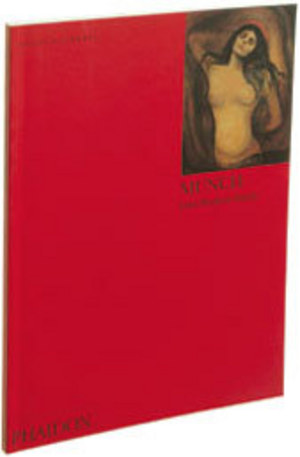Munch
Edvard Munch (1863-1944) is the only Scandinavian painter of modern times to have achieved a world reputation. A tragic childhood – his mother died when he was five and a sister when he was thirteen – wounded him deeply, and much of his early work expresses this in its agonized pessimism. In the first half of his career he lived much of his life in Germany, and became one of the fathers of modern German art. After 1900, however, and particularly after his return to Norway in 1909 following a severe nervous breakdown, his subjects tended to become more extrovert and objective, while his palette assumed increasingly brighter colours. The period 1910-20 was a particularly prolific one, in which he painted mural decorations for Oslo University and many other outdoor subjects, but Munch continued working throughout his life and produced some remarkable sefl-portraits shortly before his death.
This introduction to the art of Munch includes forty-eight full-page colour plates, of work from all stages of his career, from the naturalism of the early work, through the symbolic psychological dramas of the 1980s to the brilliant colours of the later works. John Boulton Smiths authoritative essay on Munch has here been revised and updated. The plates are complemented by notes written by art historian James Malpas, discussing each painting in detail, and there is a wealth of black-and-white comparative illustrations.




То е много важно за нас, затова може да ви бъдем от полза като ви дадем следните насоки:
Резюме: Моля опишете вашето общо впечатление от продукта в няколко думи.